The Otterhound is a large, rugged breed known for its distinctive shaggy coat and webbed feet that make it an excellent swimmer.
With a long, sturdy body, powerful legs, and a tapering tail, the Otterhound has a unique appearance that sets it apart from other breeds.
Their large, soulful eyes and distinctive curl at the end of their tail only add to their charming looks.
In this article, we will explore the physical characteristics of the Otterhound breed in more detail to give you a better understanding of what this breed looks like.
- What Is An Otterhound?
- What Does The Otterhound Look Like?
- FAQs
- Q: What is the temperament of an Otterhound?
- Q: How do I take care of an Otterhound?
- Q: What is the history of the Otterhound breed?
- Q: Can an Otterhound live with a family?
- Q: How big do Otterhounds get?
- Q: What should I feed my Otterhound?
- Q: Are Otterhounds good with other pets?
- Q: Can I groom my Otterhound myself?
- Q: Where can I find a reputable Otterhound breeder?
- In Conclusion
What Is An Otterhound?
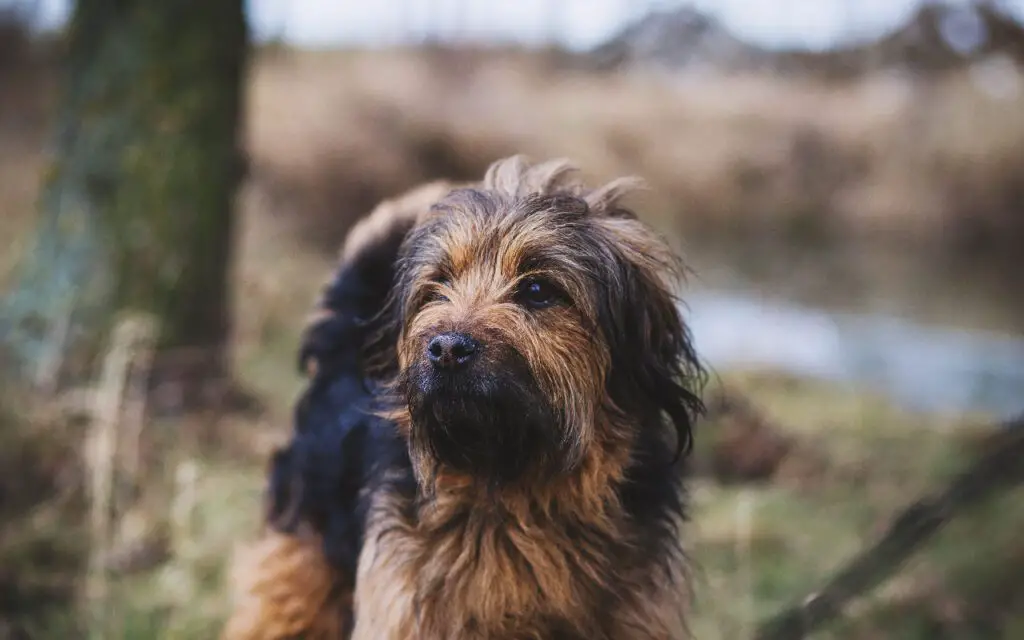
The Otterhound is a large breed of dog originally developed in England for the purpose of hunting otters.
Otterhounds have a distinctive shaggy coat that makes them well-suited for life in the great outdoors, particularly in aquatic environments.
As a scent hound, the Otterhound has an exceptional sense of smell that makes it well-suited for tracking and hunting prey.
They were traditionally used to hunt otters because these animals preyed on fish in rivers and streams, which affected the livelihoods of fishermen.
Otterhounds are known for their friendly and outgoing temperament and make excellent family pets.
They are affectionate, loyal, and enjoy being around people. However, they require plenty of exercise and mental stimulation to stay happy and healthy.
What Does The Otterhound Look Like?
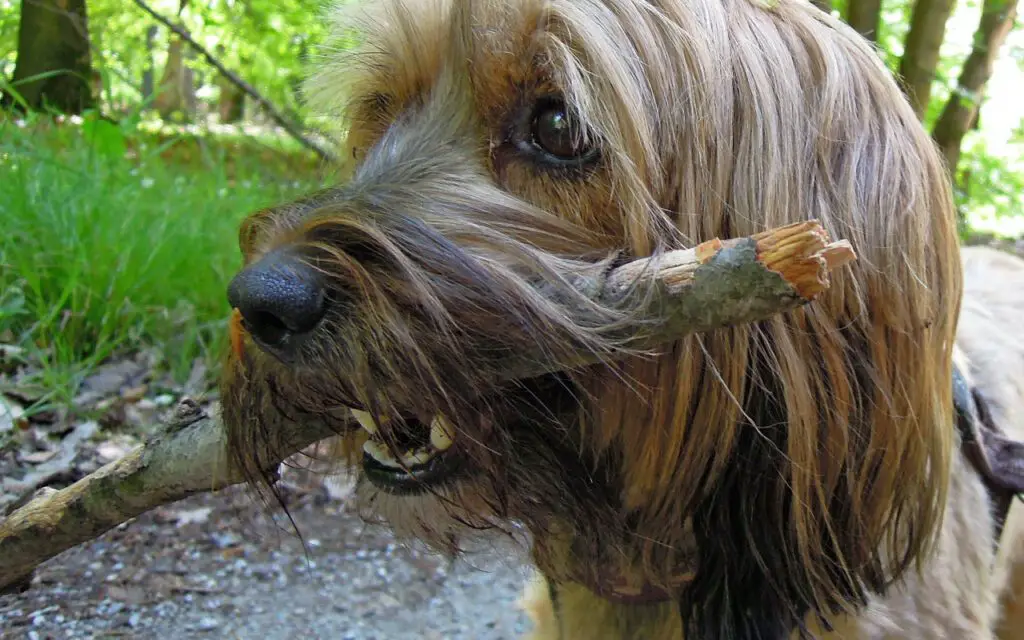
The Otterhound is a large, rugged breed with a distinctive appearance, including a rough, shaggy coat, large head, long body, and webbed feet.
They are well-suited for outdoor activities and make excellent companions for active families who enjoy hiking, camping, and swimming.
Here are some physical characteristics of the Otterhound:
Size
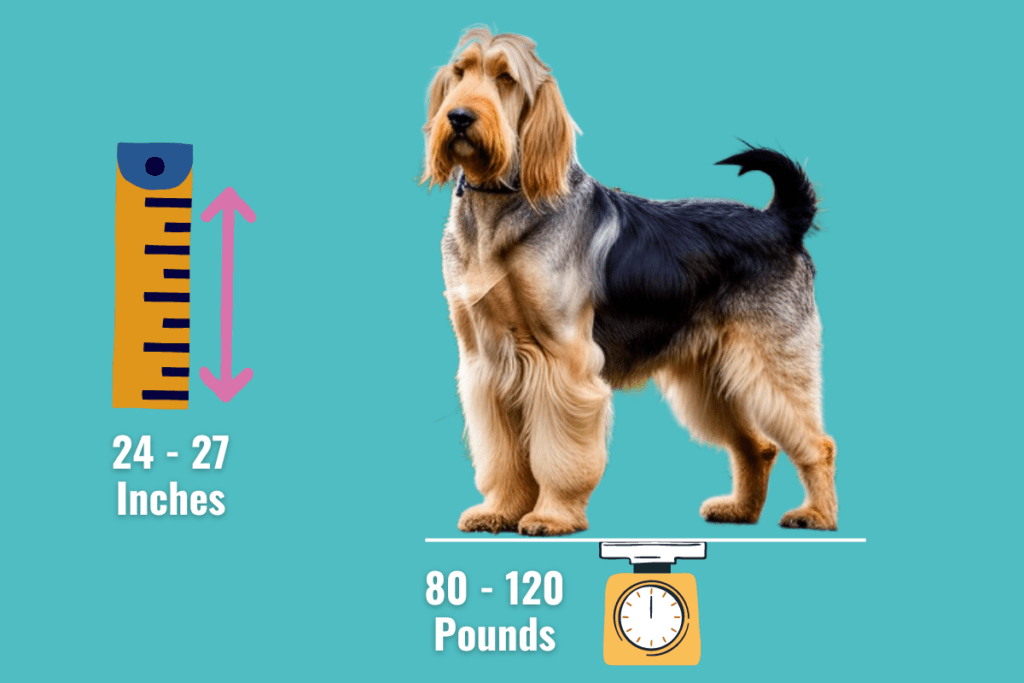
Otterhounds are a large breed, typically weighing between 80-120 pounds and standing 24-27 inches tall at the shoulder. Their size is well-suited for their role in otter hunting where they had to be strong enough to hold an otter while waiting for the hunter.
Coat
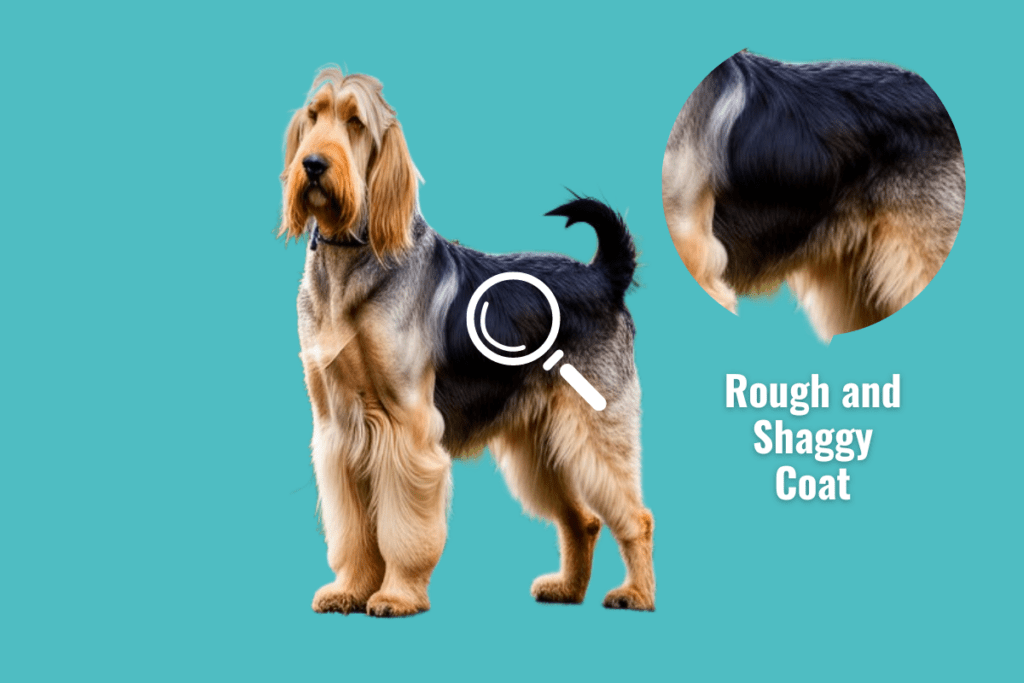
The Otterhound has a distinctive rough, shaggy coat that is both dense and oily. This coat helps repel water when swimming. They have a double coat – a short and soft undercoat and a longer and crisp outer coat. The coat requires regular grooming to prevent mats and tangles.
Color
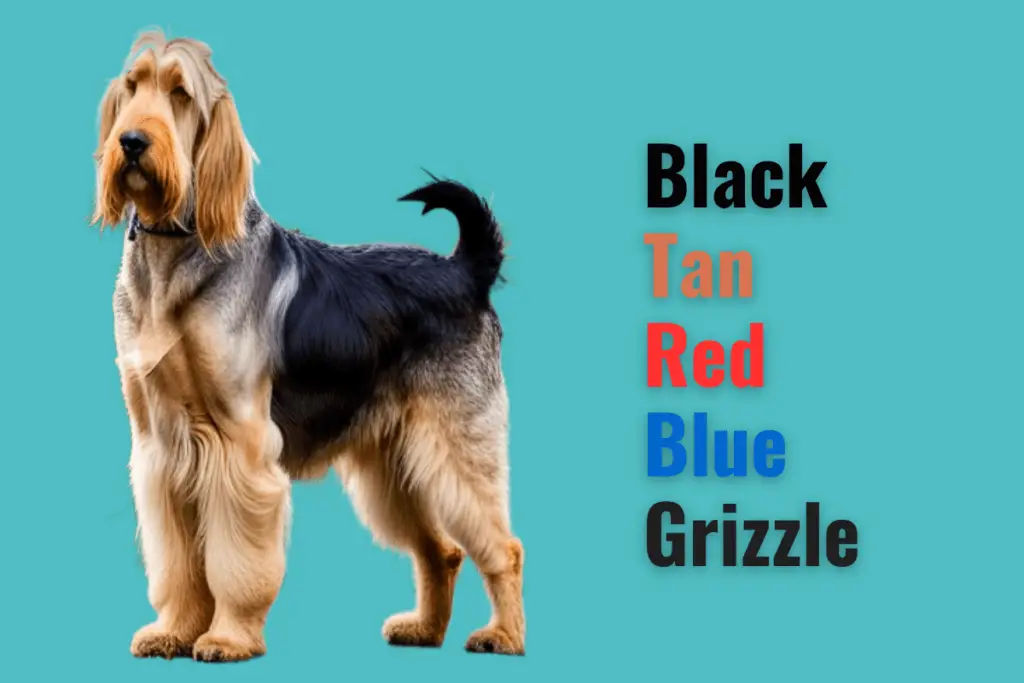
The breed comes in a range of colors including black, tan, red, blue, and grizzle. They can also have white markings on their chest and feet.
Head
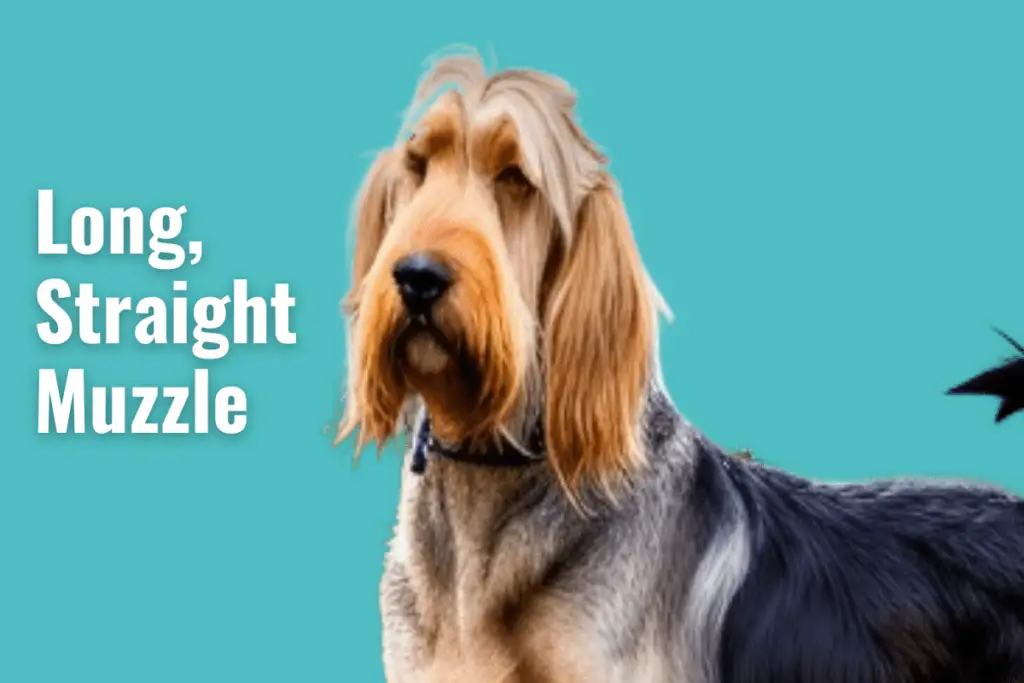
Otterhounds have large heads with long, straight muzzles and long, floppy ears that hang down to their shoulders. Their ears help them capture scent when tracking prey. They also have large nostrils that aid their sense of smell.
Body
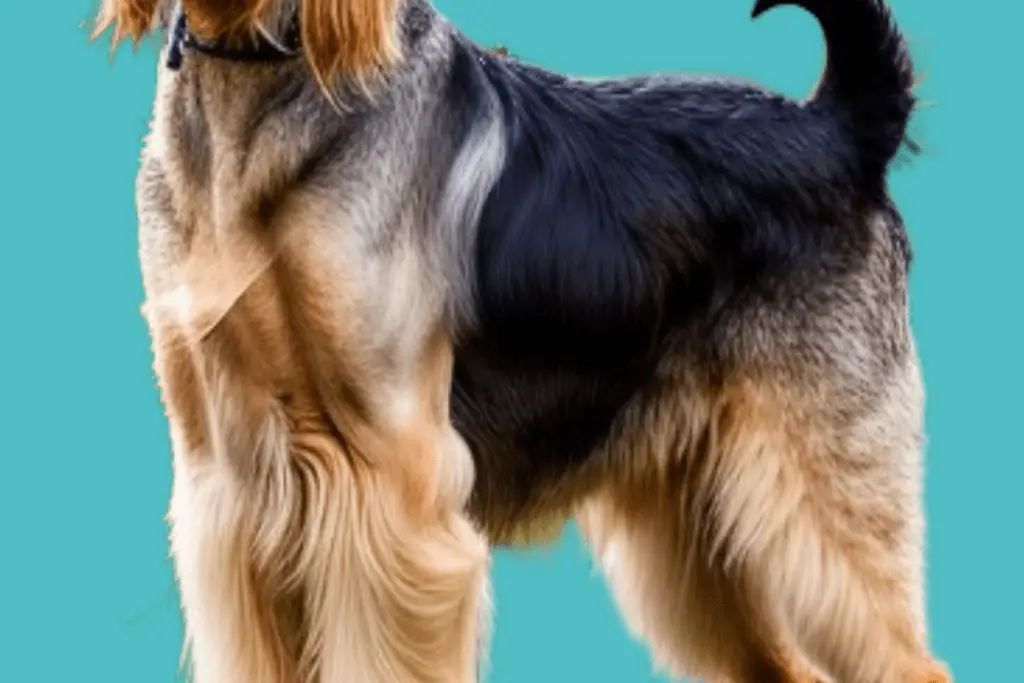
The breed has a long, sturdy body with powerful legs that are built for endurance and swimming. They have a deep chest and a wide ribcage to provide space for their lungs, which is important when chasing prey.
Tail
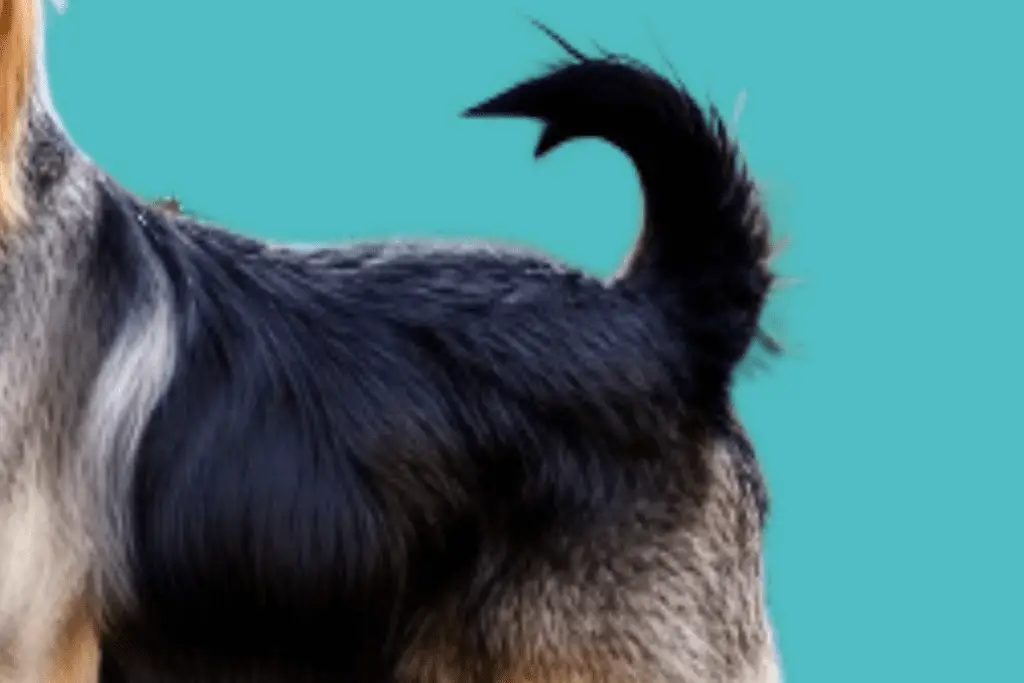
Otterhounds have a long, tapering tail that is carried high and has a distinctive curl at the end. This tail acted like a rudder in the water and helped them change direction while swimming.
Feet
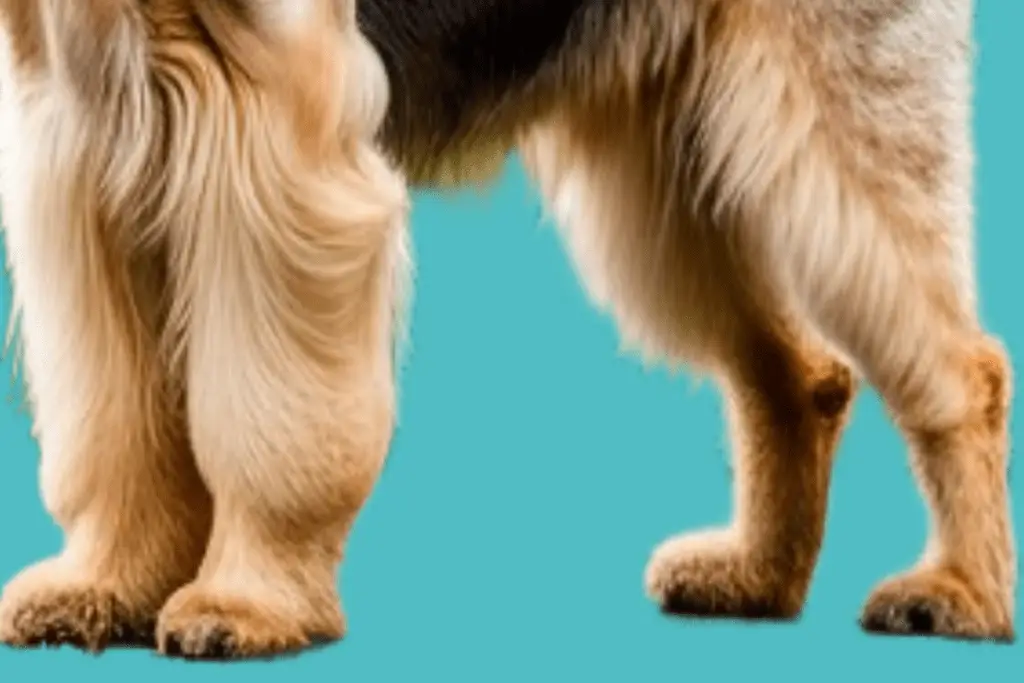
The breed has large, webbed feet with thick pads that provide traction on slippery surfaces and help them swim efficiently. The webbing between their toes gives them a better surface area to paddle with which helps them swim faster.
Eyes
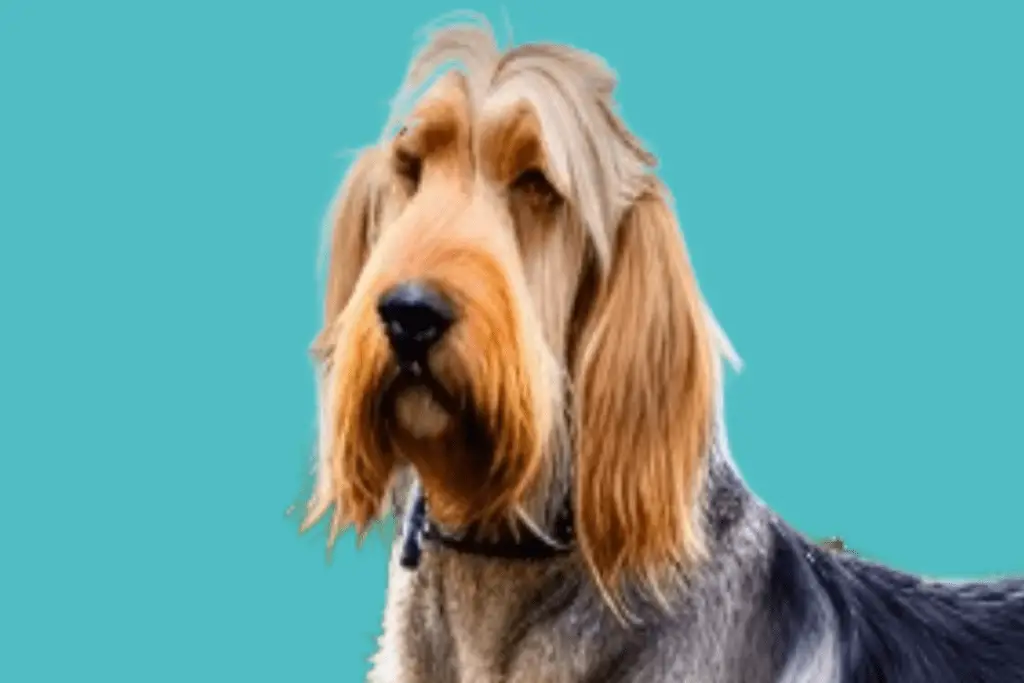
Otterhounds have large, soulful eyes that are usually brown or hazel in color. Their eyes help them navigate different terrains while hunting.
Nose
The breed has an exceptionally keen sense of smell, which is aided by their large, wet nose. Their incredible sense of smell was an essential component in their role as otter hunters.
Overall Appearance
Overall, the Otterhound has a rugged, scruffy appearance with a friendly and outgoing temperament. They are well-suited for life in the great outdoors and make excellent companions for active families who enjoy hiking, camping, and swimming.
FAQs
Q: What is the temperament of an Otterhound?
A: Otterhounds are known to be boisterous and affectionate. They have a strong sense of smell and were historically used to hunt otters. Despite their hunting background, they are good with children and can get along well with other dogs.
Q: How do I take care of an Otterhound?
A: Taking care of an Otterhound involves regular grooming due to its shaggy coat. They have an undercoat that requires brushing to prevent matting. It is recommended to feed your Otterhound high-quality dog food and to supervise their interactions with smaller pets.
Q: What is the history of the Otterhound breed?
A: Otterhounds were bred in the past to hunt otters. They have been used in packs and are known for their ability to track scents and locate otters in the water.
Q: Can an Otterhound live with a family?
A: Yes, Otterhounds can make great family dogs. They are generally good with children and can adapt well to living in a household environment.
Q: How big do Otterhounds get?
A: Otterhounds are large dogs that can weigh up to 115 pounds.
Q: What should I feed my Otterhound?
A: It is recommended to feed your Otterhound high-quality dog food that meets its nutritional needs. Consult with a veterinarian for specific dietary recommendations.
Q: Are Otterhounds good with other pets?
A: Otterhounds can generally get along well with other pets, but it is important to supervise their interactions, especially with smaller animals, due to their hunting instincts.
Q: Can I groom my Otterhound myself?
A: Yes, you can groom your Otterhound yourself. Regular brushing is important to prevent matting and keep their coat healthy. However, if you are not comfortable with grooming, you can also take your Otterhound to a professional groomer.
Q: Where can I find a reputable Otterhound breeder?
A: To find a reputable Otterhound breeder, you can search online, ask for recommendations from local dog clubs, or contact national breed organizations for referrals.
In Conclusion
In conclusion, the Otterhound is a large and distinctive breed with rugged good looks. Their shaggy coat, webbed feet, and long, sturdy bodies make them perfectly suited for life in the great outdoors.
With an exceptional sense of smell, these animals have been historically used for otter hunting, but they also make excellent companions for active families who enjoy hiking, camping, and swimming.
Whether you’re looking for a unique and charming addition to your family or simply curious about this fascinating breed, the Otterhound’s physical characteristics are sure to capture your attention and leave a lasting impression.





Leave a Reply